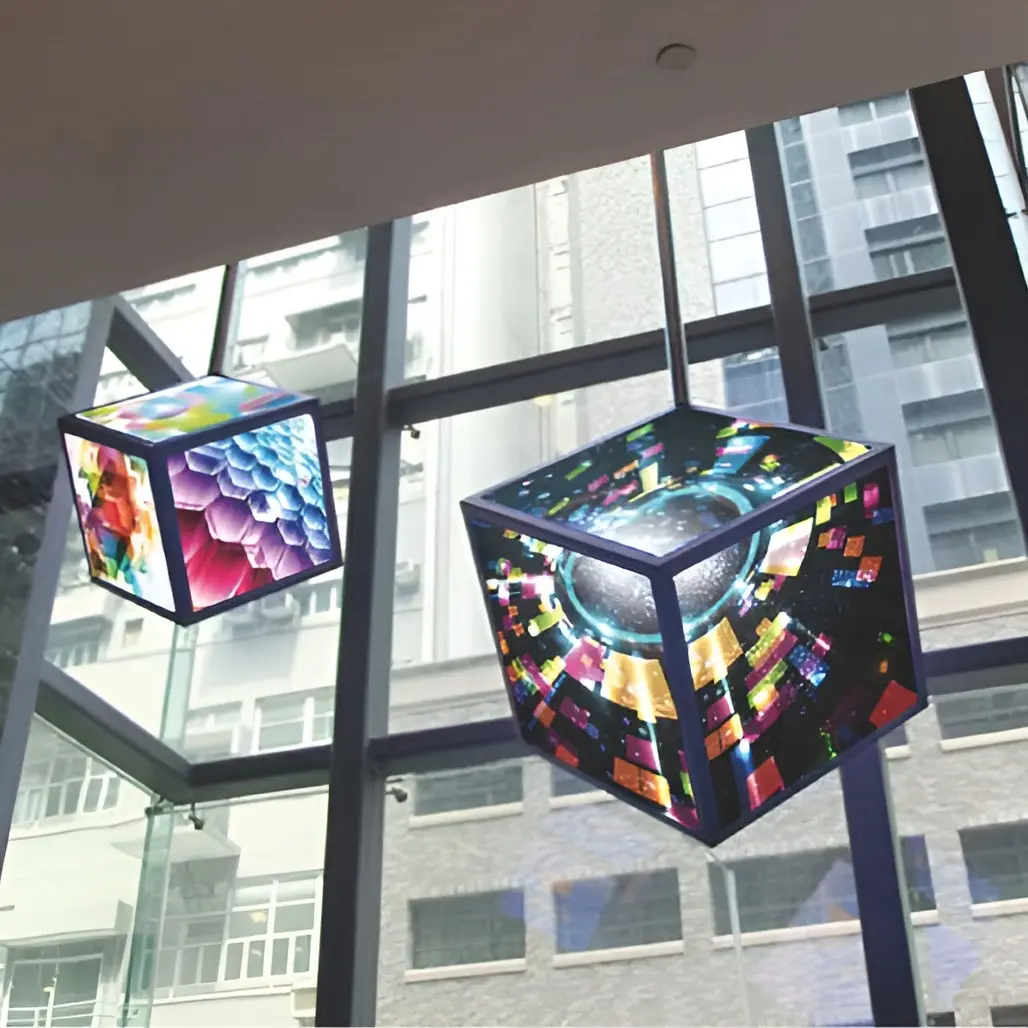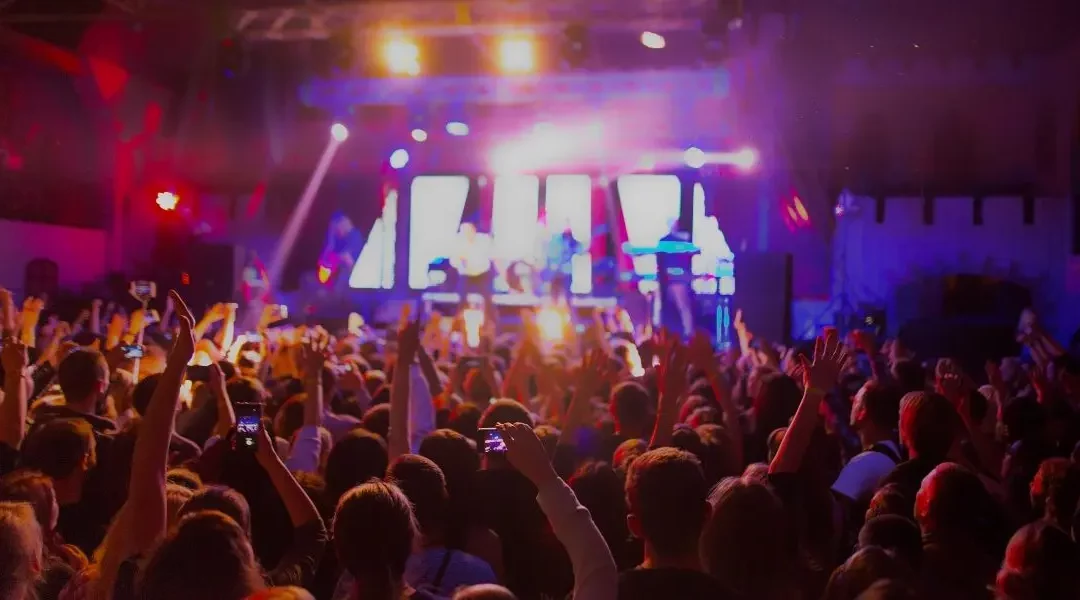Ever considered implementing interactive whiteboards in educational settings?
According to 2016 research, the global interactive whiteboards market is said to increase at a compound annual growth rate of 7% through 2020.
Main drivers of this growth are:
- An increase in blended learning
- Technological advancements
- The arrival of the bring-your-own-device culture
The use of interactive whiteboards extend beyond just classroom instruction purposes. While assisting teachers with their daily work, interactive whiteboards can be used for additional tasks such as wayfinding, coaching, campus administration and so on. Outside classrooms, interactive whiteboards can be placed in the library, health centers, board rooms, conference rooms, cafeterias, common pathways and all other parts of a campus.
The early interactive whiteboards…
It was in 1990 when the marketplace saw the launch of the very first interactive whiteboard. These were initially designed for roundtable discussions and small meetings. The models came into being after following the whiteboard and marker concept used in classrooms worldwide. Early interactive whiteboards consisted of a computer, a projector and a dry erase whiteboard. The projector was used to display the content on the whiteboard while the content was controlled from the computer.
When the 21st century arrived…
By the beginning of the 21st century, the technology behind the early interactive whiteboards had considerably evolved and included an eraser, colored markers as well as back-light projection. The traditional whiteboard market also saw a major shift because the educational sector became ever-more interested in interactive whiteboards, trying to surpass the office industry.
Several academic reports are publishing the benefits of whiteboards in the education industry. According to one study, interactive whiteboards were linked with a 16 percentile point gain in terms of student achievement as compared to classrooms without technology. This means that a student who ranked at the 50th percentile for example in a classroom that did not use technology could come up to the 66th percentile when interactive whiteboards would be used in the class.
Today’s interactive whiteboards…
In the 1990s, the technological whiteboards would take about 15 minutes of prep time before a presentation began. The features that today’s whiteboards include are those that the 1990s would have only dreamt about.
- The projectors and dry erasers are now replaced with LED touchscreens that users can interact with directly.
- Whatever is noted on the board during a discussion can also be recorded and saved for future reference.
- Handwriting recognition facilities
- Built in wireless connectivity
- Web searching is possible on an interactive whiteboard
- It has the ability to further explain content that appears on the board
- Highly portable: can be placed on a cart to be moved from room to room.
Interactive displays are now a commonplace in campuses and will soon replace traditional blackboards, whiteboards, flip charts and projectors.
How interactive whiteboards simulate collaborative learning…
While many schools have already invested in smartboards and projectors, the aim of collaborative learning between students and teachers could not be achieved in some cases. There is a need for a learning solution that is not very passive and engages the students inside the classroom. With the new interactive whiteboard technology, schools will be able to create this change.
By standardizing the kind of technology available in each classroom, faculty movement between classrooms is simplified. Teachers can conveniently connect to and control the LED screen through their preferred device. Furthermore, students can connect to the LED displays through multiple input ports for better interactive learning opportunities. Instead of simply studying through textbooks and traditional whiteboards, students have endless learning possibilities through LED screens and internet connections. Some examples of advanced learning are being able to view national events live or conferencing with experts in a certain field.
According to another research, there is a prediction that the online education market will increase at a 20% per annum compound growth rate throughout the next few years.
Uses of today’s interactive whiteboards…
Today’s interactive whiteboards have the ability to record displayed content as well as anything written on those boards. This feature makes them a perfect fit for certain situations such as asynchronous online instruction. Notes recorded on the whiteboard can be sent to external devices in real time, thereby providing opportunities for multi-location lectures and remote collaborative learning.
The whiteboards can also be used remarkably in the sports department. For example, the coach can show videos on these interactive LED displays to the sports team and highlight important plays. Moreover, with the technology, the video can be paused, broken down into segments, and zoomed to get a closer look at the opposing team’s moves. In other words, the LED display is giving the school athletics team a competitive advantage over their opponents.
Interactive whiteboard displays on campus are also used for conference sessions and also as an assistance to guest speakers on campus.
Wrapping it up…
All in all, investing in these LED displays is indeed an exciting campaign because of the impact that it has on everyone throughout the campus. Whether it is the principal’s office, the conference room, classrooms, athletics departments, or the distance learning centers of the campus, every single student or staff member has a fingerprint on at least one of the interactive whiteboards on campus.



 LED Panels
LED Panels Light Box Signs
Light Box Signs Programmable LED Signs
Programmable LED Signs LED Street Light Solutions
LED Street Light Solutions



